|
儀器名稱:
|
SynVivo 血管微環(huán)境模擬系統(tǒng)
|
|
英文名稱:
|
SynVivo
|
|
國(guó)產(chǎn)/進(jìn)口:
|
進(jìn)口
|
|
產(chǎn)地/品牌:
|
美國(guó)/SynVivo
|
|
型號(hào) :
|
SynVivo
|
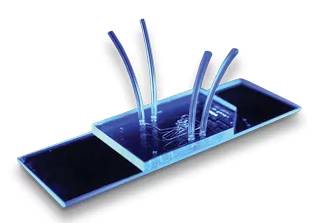
SynVivo是一款模擬體內(nèi)血管環(huán)境的微流體芯片��,可以模擬倉(cāng)鼠���、大鼠和小鼠的不同血管。提供形態(tài)和生物學(xué)的仿真微環(huán)境�,
可以對(duì)**等微粒與細(xì)胞的相互作用進(jìn)行實(shí)時(shí)觀察研究,其中一些特殊芯片可以培養(yǎng)特定組織類型的細(xì)胞���,如神經(jīng)元����、
肝細(xì)胞或腫瘤細(xì)胞等���。
SynVivo在體外條件下���,利用微循環(huán)網(wǎng)絡(luò)模擬在體條件下細(xì)胞/微粒粘附、細(xì)胞-細(xì)胞或細(xì)胞-微粒相互作用���。研究流體和
形態(tài)對(duì)**研發(fā)和細(xì)胞研究的影響.��。得到剪切力-粘附效應(yīng)圖����,分叉與分支粘附效應(yīng)等。研究人員只需用適當(dāng)?shù)?
底物覆蓋微芯片的通道(如纖連蛋白)�����,然后在其中培養(yǎng)細(xì)胞����,就可以建立人工的體內(nèi)環(huán)境。這一系統(tǒng)可通過流動(dòng)的
液體來模擬天然的血液���。
SynVivo在細(xì)胞行為�����、**粒子粘附和吸收機(jī)制�����、**輸送����、**發(fā)現(xiàn)����、**毒性分析等領(lǐng)域有廣泛應(yīng)用。
The SynVivo platform can support custom assays based on your research application. Don’t see a catalog assay for your biological question? Want to perform your assay using a linear chip design? We can develop a custom assay kit for you using our library of chip designs- See more information in the following tabs.
-
Linear Channels
-
Bifurcating Channels
-
Microvascular Networks
-
Idealized Networks
Custom Designs – If you need a specialized microvasulature or other design we have the necessary equipment to fabricate most any design based on your research needs. Our engineers will work with you to help design the most relevant SynVivo channel or network configuration to help you achieve your research goals
Linear Channels
Linear Channels
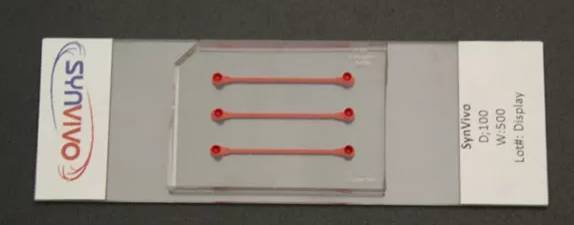
Use Linear Channels for studying cell/particle adhesion and cell-cell or cell-particle interactions at the micro-circulation scale. Use as a substitute for parallel plate flow chambers for >90% savings in consumables.
Linear Channels Design Library
Three channels per chip of various widths to allow you to study shear effects based on channel size and flow rates.
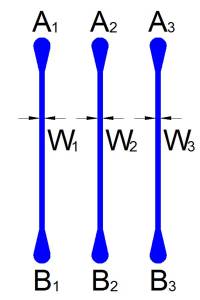
IMN1-LC
Standard Depth Options:
Standard Width Options (W1 / W2 / W3):
-
100 μm / 100 μm / 100 μm
-
250 μm / 250 μm / 250 μm
-
500 μm / 500 μm / 500 μm
-
100 μm / 250 μm / 500 μm
Custom designs/sizes also available.
Bifurcating Channels
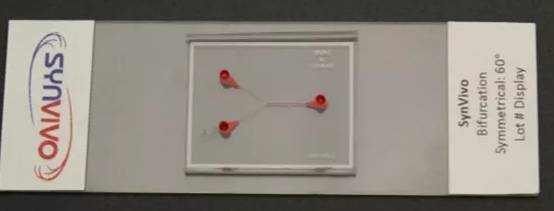
Use symmetric and asymmetric bifurcations to study cell/particle adhesion and cell-cell or cell-particle interactions at bifurcations and to study the effect of the bifurcation angle and asymmetry on adhesion. Compare adhesion in linear sections and bifurcations simultaneously.
Bifurcating Channels Design Library
With various options of symmetric and asymmetric bifurcating angles and parent/daughter channel widths you can likely find a set of designs to provide you the best models for your research.
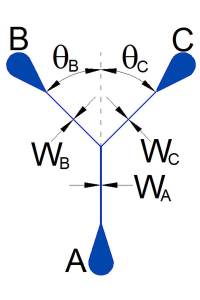
IMN1-BC
Standard Depth Options:
Standard Parent / Daughter Width (WA) / (WB + WC) Options:
-
100 μm / 50 + 50 μm
-
100 μm / 20 + 80 μm
-
100 μm / 33 + 67 μm
Standard Symmetric Bifurcation Angle (θB/θC) Options:
-
15° + 15°
-
30° + 30°
-
45° + 45°
-
60° + 60°
Standard Asymmetric Bifurcation Angle (θB/θC) Options:
-
6° + 24°
-
10° + 20°
-
15° + 75°
-
18° + 72°
-
30° + 60°
Custom designs/sizes also available.
Microvascular Networks
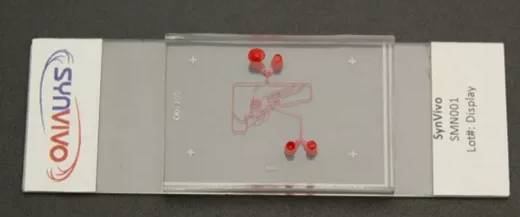
REQUEST A QUOTE
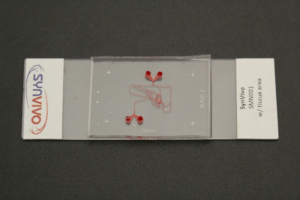 Use network co-culture assays to replicate the in vivo physiological and morphological conditions in addition to desired cellular makeup. Use network co-culture assays to replicate the in vivo physiological and morphological conditions in addition to desired cellular makeup.
Co-Culture Network Design Library
By incorporating natural tissue regions within the network topology, the co-culture networks allow study of cell and drug behavior at and across the interfaces. The co-culture network constructs are available with several options for channel size, tissue region scaffolding, and barrier design. We can help you select the right parameters for your needs and can also construct custom designs if needed.
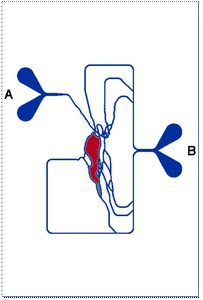
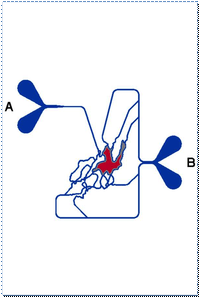
Idealized Networks
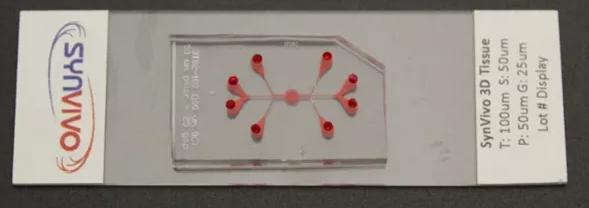
Use idealized co-culture assays to mimic the cellular make up in vivo. Investigate cell-cell interactions and perfusion vs. diffusion based affects. Analyze the experiments in real-time for all the cell populations.
Co-Culture Design Library
Intended to mimic the formation of and transport across tight and gap junctions such as the blood-brain barrier and other endothelial/tissue interfaces, the idealized co-culture constructs are available with several options for channel size, tissue chamber size and scaffolding, and barrier design. We can help you select the right parameters for your needs and can also construct custom designs if needed. Please contact us for details.
Slit Barrier Option
This device utilizes slits and gaps to form the barrier region between the outer channel and inner chamber.
Standard design parameters available are:
-
Outer Channel Width (OC): 100 μm or 200 μm
-
Travel Width (T): 50 μm or 100 μm
-
Slit Spacing (SS): 50 μm or 100 μm
-
Slit Width (WS): Variable
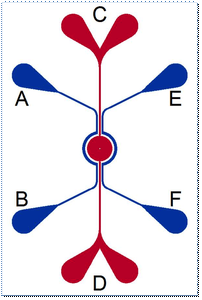
IMN2/IMN3 (Slits)
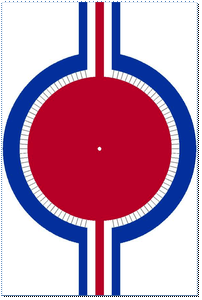
MN2/IMN3 Chamber Zoom
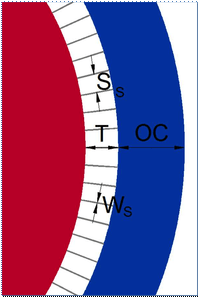
IMN2/IMN3 Slit Details
|